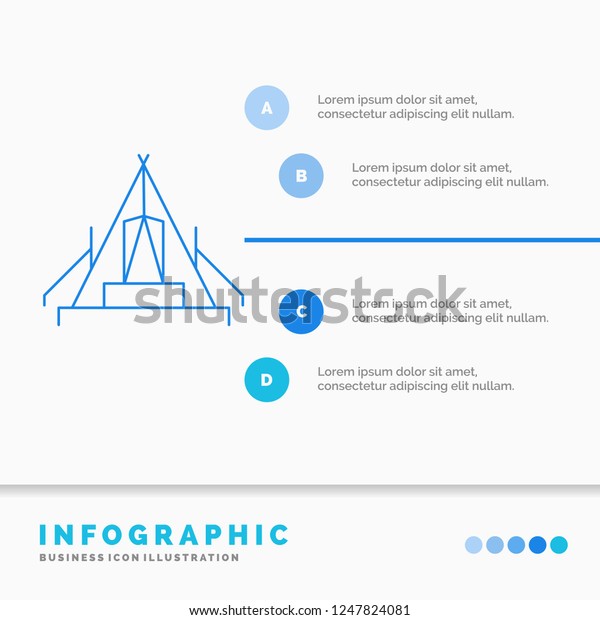Whether you need a camping tent footprint depends upon where and just how frequently you will be camping. The footprints provided by the manufacturer of your tent are usually a good selection yet they can be pricey and hefty (the NEMO Hornet Dragonfly 2P impact evaluates 6.9 oz).
Who makes the best quality camping tents?
You can also make your own do it yourself tent impact from cheap, hard wearing textile such as a tarpaulin groundsheet. Nonetheless, a do it yourself impact might not be optimal for keeping your camping tent clean of mud or tree sap.
Size
A tent impact is basically a sheet that goes under your camping tent. It safeguards the ground beneath your tent from abrasive objects, and it keeps all-time low of your outdoor tents tidy and completely dry. It additionally lowers the quantity of warmth shed to the ground while you rest, and it can assist secure your outdoor tents from dampness.
The very best outdoor tents impacts are sized exactly to match the flooring area of your camping tent. They are typically made from a long lasting, water-proof product like polyurethane or nylon. Nguyen suggests picking an impact with a denier ranking of 250 or greater for optimum toughness.
Lots of exterior equipment firms market their own well-known outdoor tents impacts that are made to fit flawlessly with the equivalent tent. Nonetheless, these can be fairly pricey and contribute to the general weight of your backpacking configuration. For these reasons, we typically recommend using a do it yourself alternative instead.
Product
An outdoor tents impact keeps the floor of your shelter tidy, particularly if you are camping in areas with a lot of rainfall. It can also aid stop water from merging up beneath your tent which could leak right into the camping tent itself.
The material made use of in a camping tent footprint varies, yet the most usual is an easy-to-clean and sturdy polyurethane or polyester material. Some come with a sack to separate them from your equipment when not being used.
Some backpackers choose to make their very own DIY footprints out of Tyvek home wrap or Polycryo home window insulation diminish film. This is often a less costly and lighter choice than buying a manufacturer details one. It is essential to note, nonetheless, that a DIY footprint will certainly not safeguard versus leaks or winnerwell woodlander abrasions as well as a high quality tent floor covering. If you are utilizing a homemade impact, make sure to roll up the sides so it doesn't accumulate water. If you're stressed over this, take into consideration upgrading to an extra sturdy option like the ones made by manufacturers.
Waterproofness
An outdoor tents footprint includes an extra layer of waterproofing under your camping tent, which protects versus puddles that might build up underneath your sanctuary. This can make your camping experience far more comfortable, specifically on wet ground, where you could otherwise awaken cranky and damp from water leaking right into your tent.
Outdoor tents footprints are commonly developed especially for the tent design they're intended to go along with, which makes certain a great fit and a strong waterproof seal. Nonetheless, they're also offered as generic items that can be cut to size with scissors or a blade.
Footprints made from high-denier textiles like Tyvek and Polycryo are generally a lot more pricey than those made from a reduced denier fabric, such as nylon. Whether the greater price is worth the additional waterproofing depends on you.
Weight
A tent impact is a thin sheet of polyurethane, nylon or polyester that sits in between your sanctuary and the ground when camping. It's made to safeguard your outdoor tents from abrasive aspects like rugged rocks, twigs and sandy surface areas, explains Elizabeth Nguyen, a senior sales professional at REI in Atlanta.
Nguyen says most outside equipment producers use their very own branded camping tent impacts that are designed to fit effortlessly with their marked outdoors tents, adding satisfaction and convenience. However these well-known footprints have a tendency to be thicker and larger than do it yourself options that are offered on the marketplace, so they deserve a closer look when looking around.
If you get on a spending plan or are prioritizing weight, it's simple to make your very own tent footprint making use of straightforward materials that can be located at most equipment or DIY stores. This choice is preferred among ultralight backpackers and long-distance hikers to save money and save weight where feasible. It's additionally worth keeping in mind that many camping tents are currently made with a sewn-in groundsheet, so a tent footprint might be unneeded in these instances.
Can you fit two people in a one person tent?
